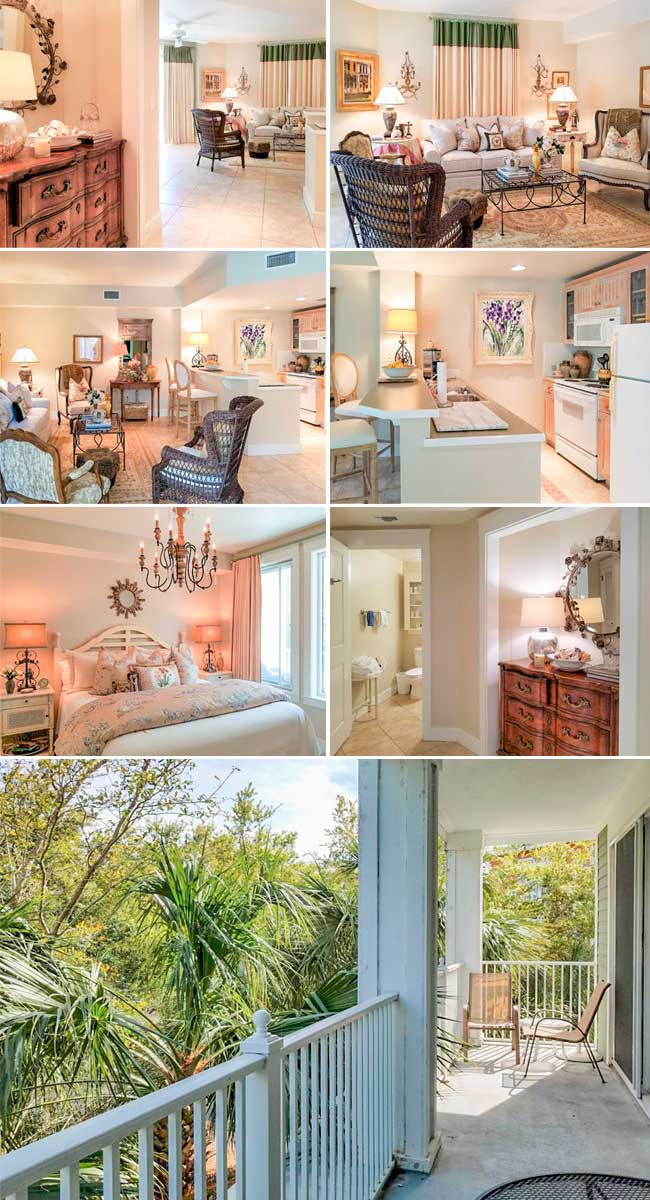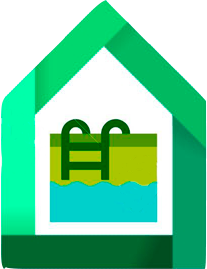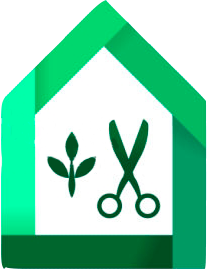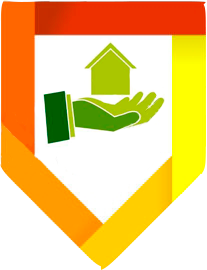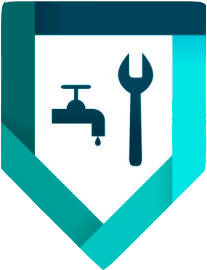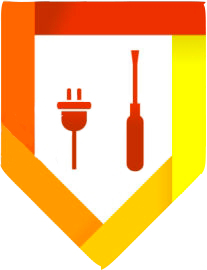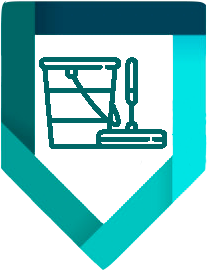The earth around the walls impacted is excavated down to the house's footings.
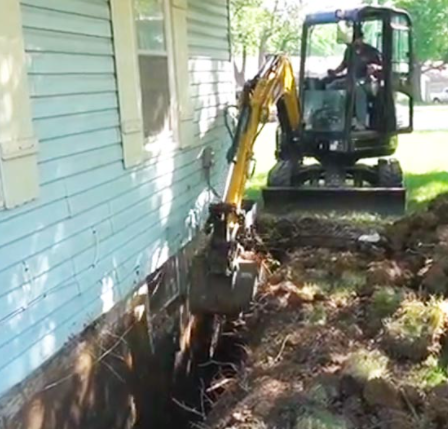 The old weeping tiles, frequently clogged with mud, are removed, replaced, and gravel-filled.
The old weeping tiles, frequently clogged with mud, are removed, replaced, and gravel-filled.For the purpose of pushing water down through the newly built weeping tiles, a membrane is attached to the leaky foundation wall.
The area excavated is then filled in.
Here are several elements of the process of external waterproofing:
The waterproofing process is often done in new construction to meet only the minimum requirements of local building codes rather than being the most efficient form.
In existing houses, the area must be excavated several feet away from the damaged wall, which can destroy the landscaping, sidewalks, driveways, decks and porches, all of which are expensive to repair.
Weeping tiles are, by their design, susceptible to clogging. A high-pressure flush can help weeping tiles unclog, but permanent harm can be caused by the operation. Water builds close to the base of the home as these tiles clog. It creates hydrostatic pressure on the foundation walls as this water can't drain, which can result in structural damage to the home. This water can find new ways of entering the cellar.
Similarly, the soil is loose when the excavated field is backfilled, allowing it to absorb more water, causing more strain on the walls of the foundations. The more water inside the house, the greater the strain and the higher the risk of water penetration and structural damage.
Concrete is brittle and susceptible to cracking, and water can still penetrate the home even with an external waterproofing device in place.
Finally, it is necessary to bear in mind that the landscaping, sidewalks, roofs, etc. will again have to be replaced, and again at the cost of the homeowner, if there is a potential issue with the exterior system.
Here is our interior waterproofing process:
In the soil of the affected walls, we establish a perimeter drainage system.
In the new drain, which is connected to the home's sump pump system, leaky water is diverted.
To ensure that it is operating as it should, the machine can be flushed periodically.
Regular maintenance of the drainage system and sump pump is vital for a sustainable dry basement, as with all essential components of a house.
Advantages of our system for interior waterproofing include:
The phase of installation can be carried out at any time of the year and is usually completed in just a few days.
Flooring and walls can be finished with trust in the affected basement areas knowing a reliable system is in place.

